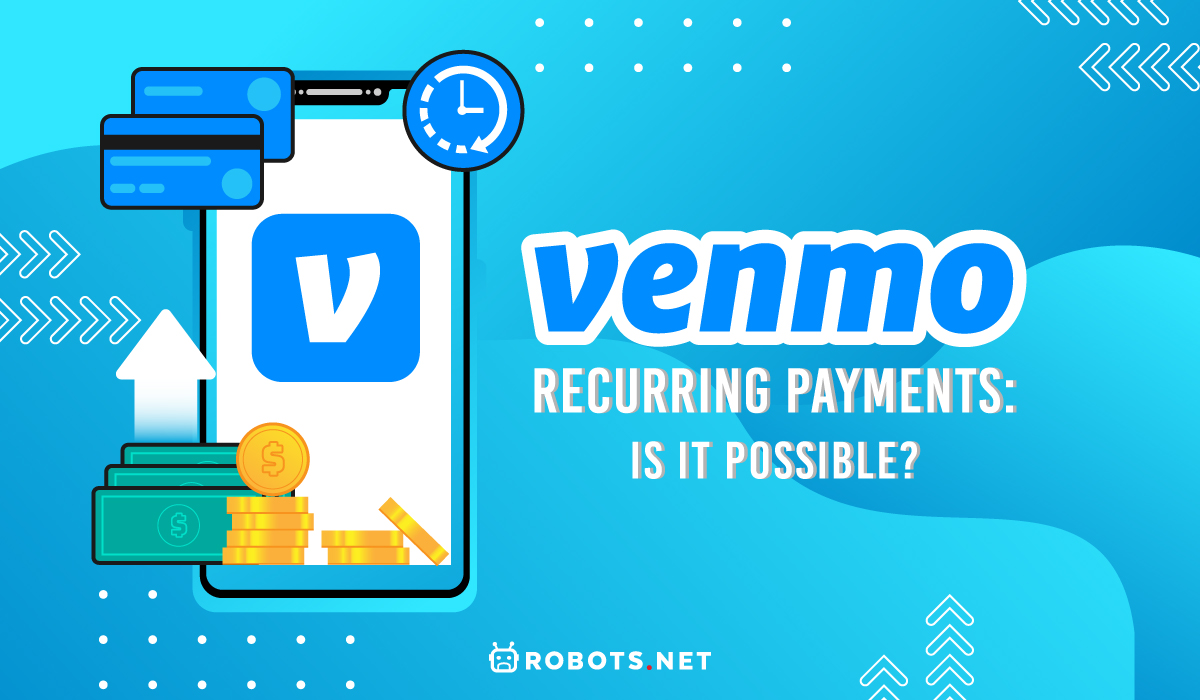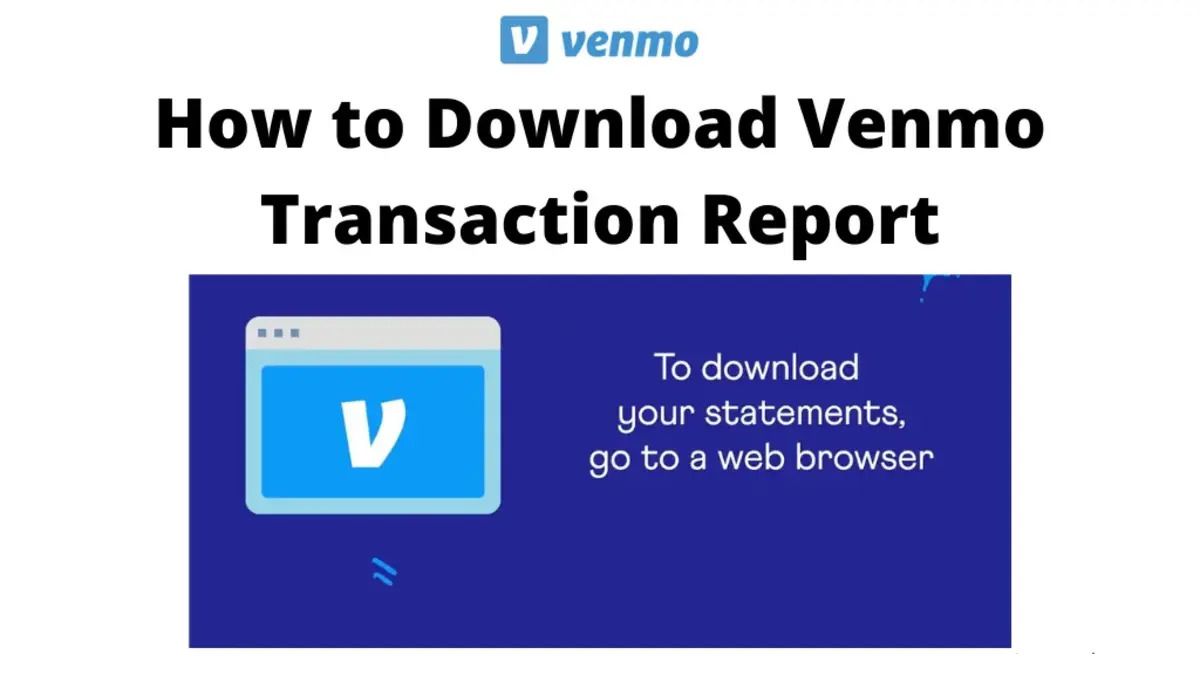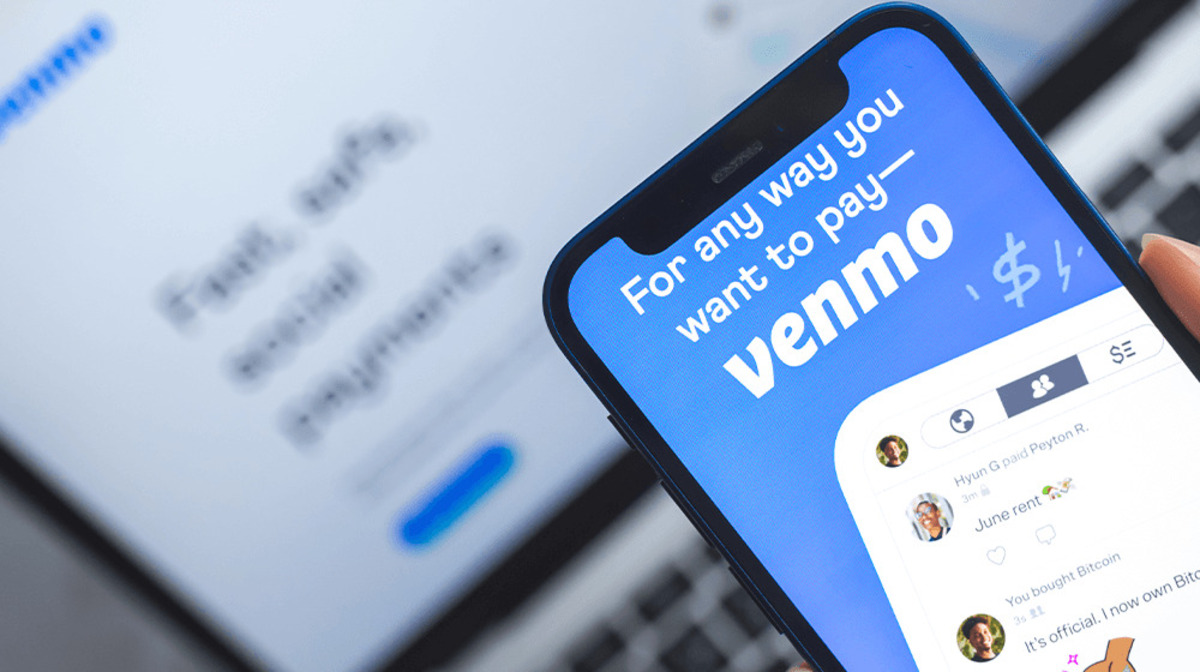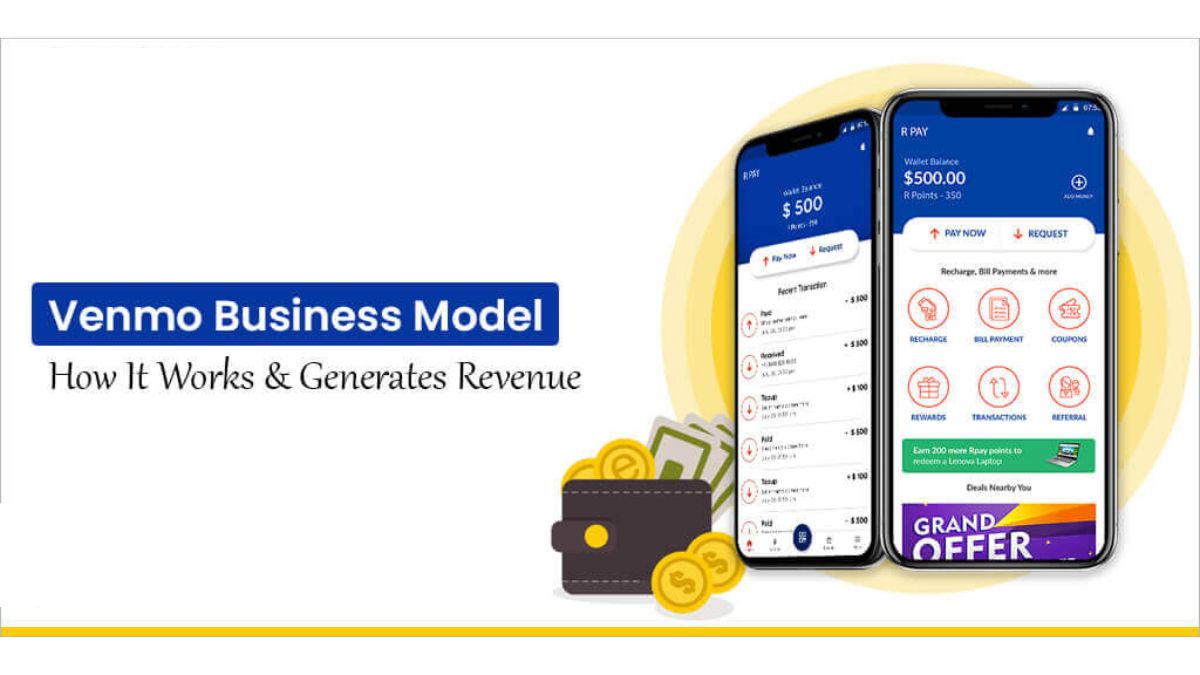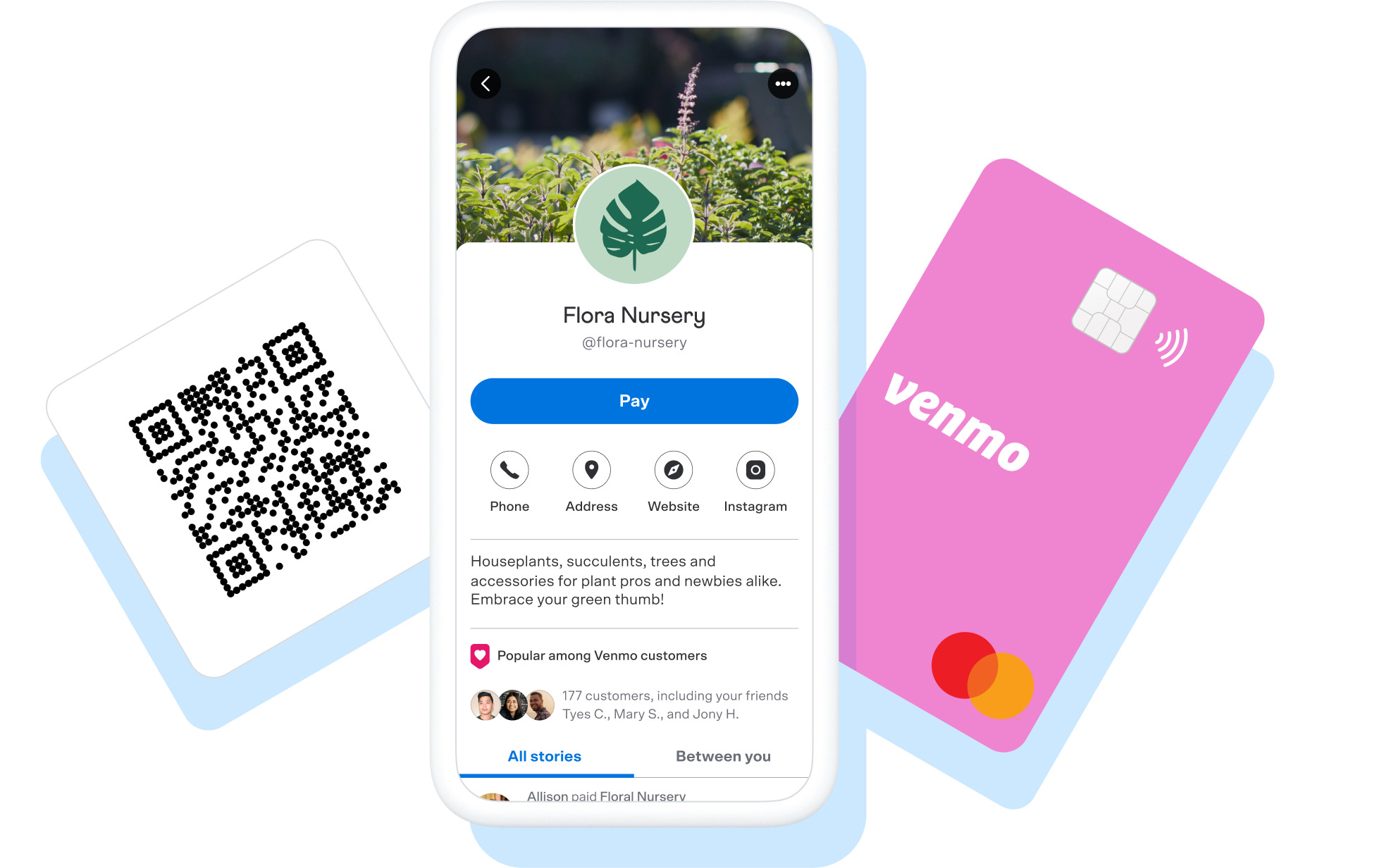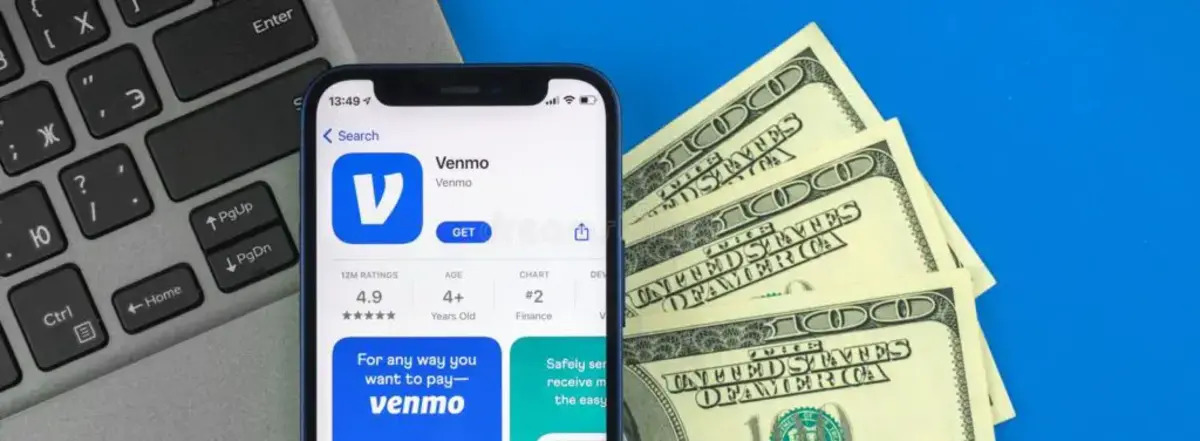Venmo is the point of convergence between social and money management apps, but many users wonder if Venmo recurring payments are even possible. Recurring payments, which allow for automated payments for goods and services at regular intervals, are one of the more novel features found in select money management apps. In this article, we’ll settle once and for all the question of whether Venmo recurring payments are possible, as well as the existing alternatives.
What Is Venmo?


Venmo is a digital wallet and mobile application that allows users to store, send and receive money digitally. It can be used to pay friends, family, and even online billers like Amazon or Netflix. Currently one of the most popular money management apps, Venmo boasts over 50 million active users worldwide. Most importantly, the app owes its popularity to its ease of use and accessibility. But of course, it does require that the party you are sending money to should have a Venmo account as well.
In addition to allowing you to transfer money between friends and family quickly, Venmo also offers several convenience features. These include fast payments, easy account management, and delivery tracking. Venmo also offers built-in security features, including two-factor authentication and password protection. In addition to security features, the company also offers to protect your account in case your phone or tablet gets stolen or lost.
Venmo Recurring Payments: Is It Possible?
While it’s easy to view Venmo as just another mobile banking app, this couldn’t be further from the original intent of the app. While the app can store money and pay for goods and services like a typical banking app, it was designed less for these functions and more for a social purpose. More to the point, the app was designed specifically to facilitate person-to-person payments between family members, friends, and colleagues.
This ability is a two-way street. It primarily consists of having the ability to send payments to other people whenever. On the opposite end is the ability to receive payments from other people, and the money you receive accumulates into your account. You do not even need to have a bank account to use the app for as long as you have friends or people to send you money to fund your account. The app has a special feature that you can use to send reminders to other people to pay you what they owe. In the same light as sending a reminder for payment, you can prompt a group of people to split a specific fee for whatever purpose.
So, we’ve already settled that you can use the app to send payments for goods and services and request payments for money owed to you.
Venmo Does Not Allow Recurring Payments


However, some users are also wondering, is it also possible to use it to send recurring payments? While it may make sense for any money management service to have this function, not all money management apps carry it. More to the point, Venmo doesn’t carry this function despite its status as a money management app.
To say that the app doesn’t have a recurring payments function doesn’t mean you can’t pay for the app’s goods and services. Of course, you can. But you can only do so spontaneously and on a one-time basis, which requires the manual input of payment details each time. This is quite different from setting up a payment deducted automatically at regular intervals. Naturally, payments that are deducted automatically, at regular intervals, and with a fairly regular amount are what count as recurring payments.
The company never really explained why their app does not carry the venom recurring payments function. However, we can surmise that it may have something to do with the fact that the function clashes with the app’s primary purpose. That primary purpose is, of course, to facilitate person-to-person payments.
Because as common sense would dictate, there is quite a significant difference between person-to-person payments and payments made to companies and organizations. Of course, someone can have a recurring payment arrangement with another person. Unfortunately, such cases are rare and usually incompatible with the intended use case of the application.
PayPal’s Acquisition of Venmo
Another consideration would be the lesser-known fact that PayPal recently purchased Venmo and is now the entity controlling the app. Common sense dictates that the parent company (PayPal) may want to avoid direct competition between these two products. It may be in their best interest to offer features that differ between these two products but that are complementary to encourage people to use both apps instead of having to pick one.
Is There a Chance for Venmo Recurring Payments to Happen?
By purview of their function as a mobile banking app, it makes sense for Venmo to have recurring payments. But even when they can offer this function, it seems unlikely they will do so anytime soon. This is not a guess, only a matter of fact, as they have explicitly stated on their website that “Venmo doesn’t offer this feature at this time.”
Going back to the analysis of the potential reasons why Venmo doesn’t offer recurring payments in its repertoire, it’s pretty obvious that the move to add the recurring payment features to PayPal and not to Venmo is a deliberate move on the part of Venmo. If a user needs to pay for things charged regularly, then PayPal would be the answer. However, if they need to transfer money to a friend or colleague, then Venmo would be the answer. The complementary functions of the two apps encourage users to use both for different purposes.
This is why adding a recurring payments feature on Venmo, while not impossible, is unlikely to happen anytime soon. There’s also the fact that hundreds of apps specialize in setting up recurring payments specifically. There are also those apps that allow access to banking and checking accounts on top of allowing recurring payments. Moreover, these same apps are designed specifically for managing online payments.
That being said, most Venmo users seem content with the app’s basic ability to send and receive money from other people through the app. This basic ability is really what the app is all about, and it is the one characteristic that makes it stand out from all other apps in terms of a value proposition.
Alternatives to Venmo Recurring Payments
By now, it must be clear that Venmo is very practical for a lot of reasons. Unfortunately, its feature set is incomplete since there’s no way to set it up for recurring payments. However, if you have recurring payments, you’re going to need to turn to alternatives, of which there are a few. Take note that we are taking a look at a small subset of mobile payment apps that specifically offer recurring payments since not all apps offer this feature.
Apple Pay
Apple Pay is a mobile payment platform that allows customers to pay for goods and services in a contactless, cash-free manner. Payments via the app can be in person or digitally. For in-person purchases, the app works by scanning the barcode of a product or service. The app reads the barcode, and the amount due is deducted from the linked debit or credit card.
As for digital purchases, users get to set aside an amount of money digitally through a service called Apple Cash. This app is accessible across all Apple devices through a single account. You can also use it to pay for goods and services either in person or online through a connected debit or credit card. It also features money transfer functions allowing users to send money to friends and family and vice versa.
Apple Pay allows users to establish recurring payments through their mobile app or website. These recurring payments can feature different payment intervals (for example, annually or monthly) and billing cycles (regular, trial, etc.). In addition to recurring payments, the app also supports automatic reload payments and multi-merchant payments.
If you are planning to go this route, better check out this guide on how to use Apple Pay.
Google Pay
Google pay is a payment system from Google that allows you to make online and in-app payments using your phone. It’s similar to Apple Pay and Samsung PAY but works with more devices than those two services. The mobile app works with both Apple and Windows devices across more than two hundred countries worldwide. You can use it to pay for goods and services at participating stores and entirely digitally. The software is also useful for listening to music, watching videos, booking appointments, and more.
As a traditional payment app with digital features, Google Pay allows users to set up payments for recurring charges and other services given set parameters by the entity charging the payment. That being said, the automated payments feature of the app lets you pay for goods and services automatically. It allows you to set automated payments for dues with or without a pre-set timeline. You can also use it to pay for monthly invoices and prepay goods and services in advance.
Samsung Pay
Samsung Pay is a mobile payment service that allows for the storage of digital cash for transfer and payment purposes. The app makes use of near-field communication (NFC) to facilitate transactions among devices. Although this intra-device capability only ever works between compatible Samsung devices. It can also be used for in-app purchases and making credit or debit card payments at participating stores.
Samsung Pay requires a compatible Samsung smartphone. Samsung Pay works through the secure magnetic transmission (MST) technology found on many current Galaxy smartphones. This prevents fraud by ensuring your phone remains unlocked while it’s being used to pay. This locking mechanism helps to prevent third-party apps from collecting your data unnecessarily and without your consent.
Aside from offering person-to-person transfers, the service can also be used to set up recurring payments. However, the process is not automatic as the biller needs to include Samsung Pay in their payment or subscription options. In addition, the payee must also subsequently select the Samsung Pay option to activate the automated billing.
PayPal
PayPal is a digital wallet and payment service that allows you to pay for goods and services online. You can use it to shop for items and pay for services digitally. This process is done through a linked credit, debit, or bank account. It essentially serves as the middleman between your bank and merchants to secure payments and information.
Aside from its traditional banking capabilities, the app may also be used to send and receive to and from friends and family. It also offers a variety of other features that are very useful to those looking for an effective digital banking solution. One notable feature is the ability to make credit payments using a linked credit card. Another is the ability to withdraw from ATMs worldwide with a corresponding prepaid card. Of course, users may also set up payments for recurring bills, monthly subscriptions, and even installment plans.
Setting up a recurring payment through PayPal is as simple. Select PayPal as the preferred payment method at the end of the company issuing the billing. The issuer will set the billing terms (i.e., billing period, estimated cost, billing date) to which the user has to agree. Once all billing information is updated, PayPal will initiate the recurring payment and handle everything else from there.
Xoom Payment
Xoom is a global online payment service that allows its users to send and receive money from other people. It also allows users to make purchases through various websites. It offers an easy-to-use platform with various features that allow you to digitally manage your finances. The software comes in mobile and web-based formats, making it readily accessible to users.
The mobile version of the application makes it easy to manage payments from anywhere and with a simple process. This makes it very convenient and accessible for both personal and business matters. The app has other highly practical features allowing users to maximize their usage.
Final Thoughts on Venmo Recurring Payments
Venmo is certainly one of the few online money platforms to stand out both in terms of purpose and practicality. Using the app to send and receive money from others is not a rare quality among money management apps. Still, it is highly in demand. Add to that the fact that you don’t need a bank account to send and receive money. This very low barrier to entry makes the app accessible to anyone, anywhere.
Even with the benefits of using the app, it lacks a few features. While the lack of this feature doesn’t detract from the better features of the app, it certainly appears to pale in comparison to PayPal. This is considering that PayPal has the same capabilities as Venmo, which is sharing money between individuals.
With this in mind, it appears that there are two options in case you want the features not offered by the app. You can either use Venmo and PayPal together in a complementary fashion or just skip Venmo entirely and use PayPal. Either method should allow you to accomplish person-to-person payments, payments for goods and services, and recurring payments. If neither option appeals to you, look at a few more PayPal alternatives that are safe to use.







